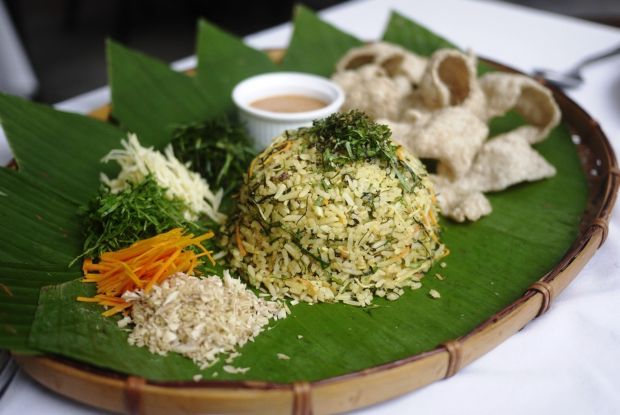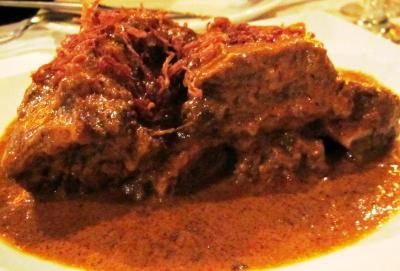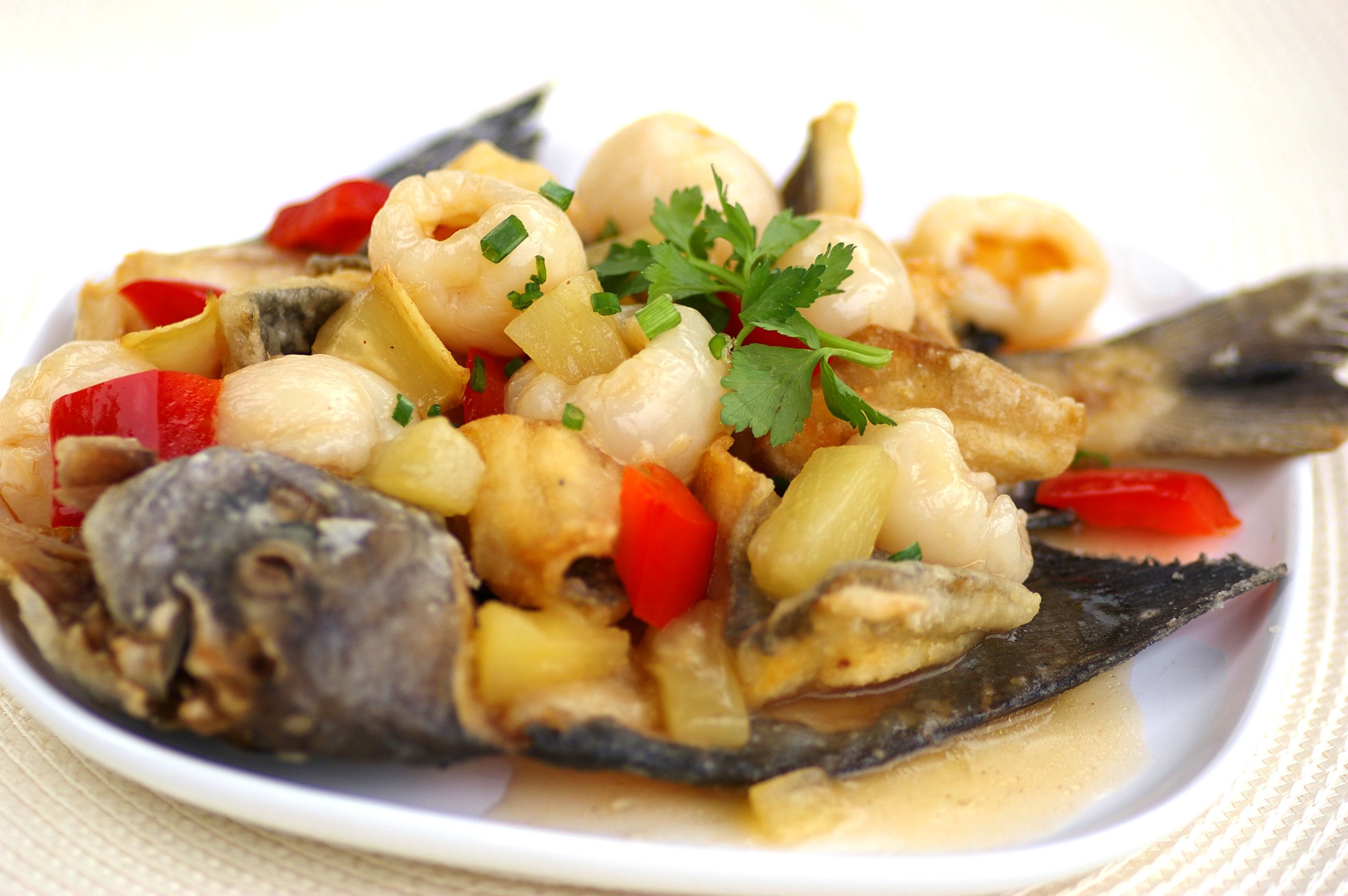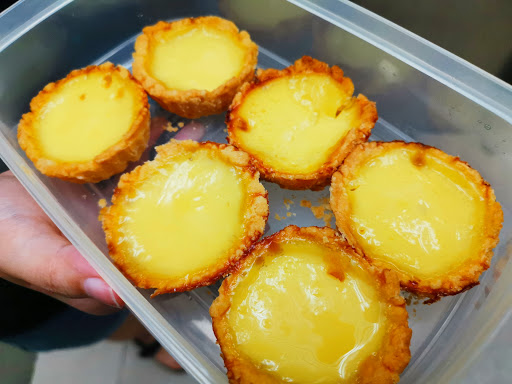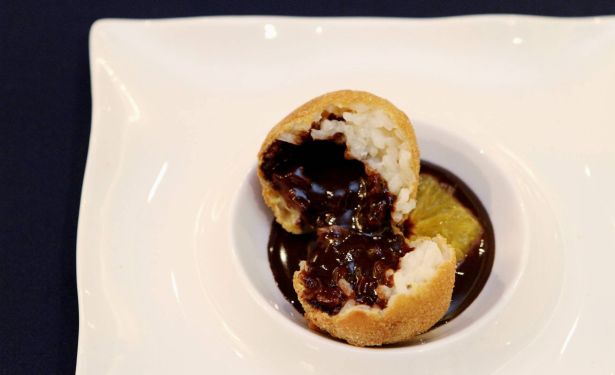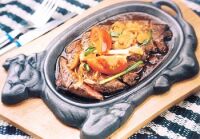Bijan
3 Jalan Ceylon,
Kuala Lumpur.
Tel: 03-2031 3575
Bijan turns eight this year with a bigger dining space and a new menu. Malay food here stays true to its tradition while gaining an international clientele.
THE chef is a traditionalist, while Way Cheng Yeoh and Lissa, the two sisters who own Bijan, are into modern French cooking. Combine them, and you’re bound to get an interesting Malay restaurant.
Certainly, Bijan has lasted longer than most restaurants of its kind in Kuala Lumpur.
“It’s not just rendang and nasi lemak,” says Way Cheng, explaining how her mother and friends used to think that till they paid a visit to Bijan. “They were surprised that everything was not lemak!”
Now they eat there regularly.
I had eaten at Bijan before, and got to know Way Cheng after interviewing her six years ago. Back then, the restaurant, which opened in 2003, was a smaller place; it’s been extended sideways into a spacious terrace, but it’s still recognisable from its centerpiece – a beautiful batik screen painting in orangey hues of a dragonfly.
Bijan positions itself as the pioneer of refined Malay dining. Wines are paired with traditional Malay food, a concept that has drawn a wider audience, not just among locals but also foreign visitors. And they do offer some novel dishes.
Would you have expected an Acar Tofu – beancurd on a skewer sitting on a bed of acar? It’s like a deconstructed tahu sumbat – cubes of beancurd simmered in a spiced marination, then deepfried, threaded on a skewer and put on a heap of acar long beans, carrot and cabbage. The tofu combination is a little hot and sweet, tempered with a little sourness.
Our senses awakened, we move on to Cucur Bijan, a crispy fritter of tofu, tempe, onions, beansprouts and sweet potato strips with a nutty satay dip. There’s a lot of crunch, with different textures coming together deliciously.
Both the Acar Tofu and the Cucur Bijan are among 17 new dishes at Bijan, in keeping with the new look of the restaurant. I fall in love with what comes next – Opor Rusuk, or Australian beef ribs simmered in a thick gravy of spices and coconut milk, with palm sugar added, and toasted coconut too.
The ribs are meaty and lovely, falling apart at the touch of a fork, the spices soaked into the meat. The complex, mouthwatering flavours are seared into my memory. I learn that the opor style of cooking originates from Pahang, and that the Opor Rusuk has become one of the three new signature dishes at the restaurant.
Ayam Masak Kuizi and Rendang Itik Bijan are the other two.
 Rich: The Beach Holiday Cake at Bijan is an exquisite creation of pandan sponge layered with butter cream and mango compote,topped with toasted coconut.
Rich: The Beach Holiday Cake at Bijan is an exquisite creation of pandan sponge layered with butter cream and mango compote,topped with toasted coconut.“We used to chop up the duck,” says Way Cheng of the latter. But now it’s whole duck leg marinated with spices and deep-fried, and drizzled with a rendang sauce. So there’s crispy spiced skin and absolutely tender duck meat that gels very well with the rendang sauce, making for layers of flavours.
The Ayam Masak Kuzi reminds me of a northern Indian curry, cooked with tomato and spices, almonds and raisins, but in a rich and creamy coconut curry. It’s embellished with toasted almond flakes, and there’s a certain sweetness amidst the fragrance of spices. It’s mildly hot.
I’m always delighted if I find nasi ulam on the menu whether in a Nyonya restaurant or a Malay one. My Nyonya aunt with her thick John Lennon glasses used to make the best. Her poor eyesight never affected her impeccable sense of taste nor her memory for agak-agak cooking measures. Bijan’s version more than satisfied my cravings for it.
The nasi ulam had all the requisite herbs and roots, all finely shredded. With each spoonful, you taste the intense flavours of fried dried prawns and salted fish in the rice, tinged yellow with turmeric. Sambal belacan is served with it.
The Nasi Goreng Kunyit is fried rice with chicken, prawns and turmeric leaves that lace the rice with a lovely aroma. Topped with strips of omelette and fried shallots, the rice hits all the right spots. Two pieces of fried chicken are served with this, together with sambal tumis and fish crackers.
Kerabu Nangka is roasted young jackfruit tossed in a dressing of sambal, coconut milk, lime juice and lemongrass. This tangy salad stands out for its texture and taste, and the fact that it’s hard to get anywhere else. For fish there is the Ikan Bawal Serkam, named after a place in Malacca known for its seafood. The pomfret is covered with a spice paste, wrapped in banana leaf and grilled.
I would have preferred this with another kind of fish, stingray perhaps, so that it can hold all the flavours of the paste in.
Desserts here go into the heavenly realm. Two new ones have made their debut on the menu – Bijan’s Beach Holiday Cake and the Corn Crème Brulee. The first is an exquisite cake of pandan sponge layered with butter cream and mango compote, topped with toasted coconut. It’s a cake that evokes memories of a family holiday in Pulau Redang for Lissa, the dessert queen of the restaurant. Corn added to Crème Brulee steers it into another welcoming taste dimension.
Absolutely divine is the Chocolate Durian Cake, made with D24 durian, the fine fibres of the pulp peeping out of the durian layers. I can taste and smell the durian as I write, and it’s a wonderful marriage with chocolate!
You don’t need a group of people to dine at Bijan. There is a four-course tasting menu for single diners or couples who want to sample a variety of dishes on the menu.
Bijan is listed in the Miele Guide 2011/2012; it’s also in Malaysia Tatler’s Top 100 Restaurants. It was named Best Malay Restaurant in 2004, a year after it opened.
